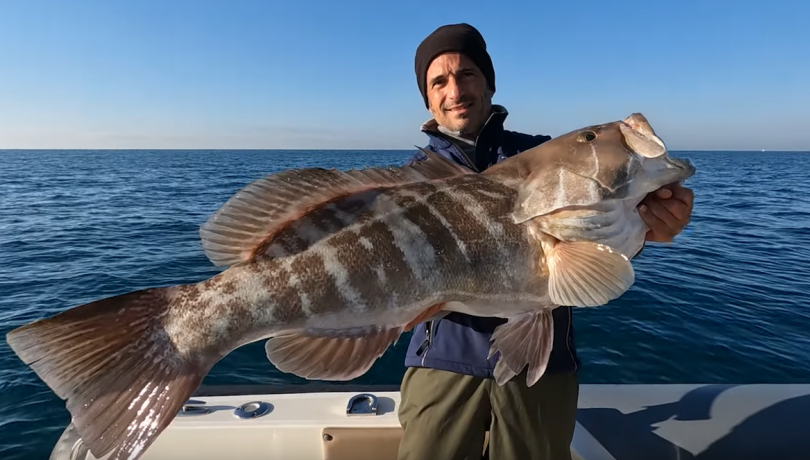According to a new ICM-CSIC study, there is a high correlation between data collected through social networks and those collected through traditional monitoring.

A new study led by the Institut de Ciències del Mar (ICM-CSIC) has found that emerging digital methodologies for monitoring marine biodiversity have great potential to detect, practically in real-time and at a much lower cost, changes in the marine ecosystem related, for example, to the distribution of species, one of the most obvious effects of the climate crisis.
Among the emerging avenues of digital monitoring considered to carry out this work, recently published in the scientific journal Marine Ecology Progress Series, are local ecological knowledge collected through social networks and videos posted by recreational fishermen on YouTube. Concretely, in this case, a total of 133 interviews posted on different social networks, and 431 YouTube videos were analyzed.
"The society digitalization allows us to detect changes in species distribution practically in real-time, which is not possible through classical monitoring methodologies", notes Valerio Sbragaglia, lead author of the study, who adds that "recreational fishing catches -especially on social networks- act as a very wide monitoring network that can be easily accessed through passive data collection".
Another relevant finding of the work, focused on the distribution changes analysis of the white grouper (Epinephelus aeneus) in Italy, Spain and France, is that the amount of searches on a particular species in Google and Wikipedia is a good indicator to measure the interest of society in that species, which can help in the design of future information and awareness campaigns.
Finally, the study reveals a high correlation between data collected through the new digital monitoring methodologies and those collected through traditional ones.
"This has allowed us to contrast results and increase confidence in the results on the marine species redistribution", says Marta Coll, one of the study co-authors.
All in all, the study results prove the capacity of digital monitoring methodologies to complement traditional scientific knowledge at a much lower cost and provide social information as valuable as the interest and concern of citizens for the species that surround them.
For this reason, the experts suggest considering digital monitoring methodologies a new way of monitoring that is equally valid and capable of contributing to the understanding of species distribution changes at both ecological and social levels, which could ultimately help inform policymakers on conservation issues.
For future research, researchers at the ICM-CSIC will focus on creating a digital observatory of recreational fisheries that will allow the results of this study to be expanded to other species and countries.
"We are developing a digital platform to make this information as accessible as possible, since nowadays a lot of expertise is needed to access the data published on social networks in a systematic way and respecting strict privacy requirements", concludes Sbragaglia.